7 Ingenious Racing 'Cheats' That Were All The Work Of Smokey Yunick
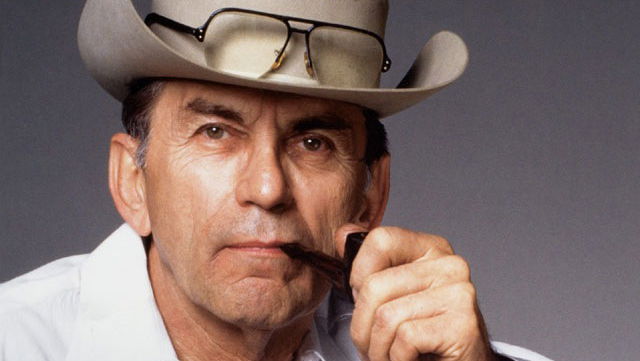
Some of racing’s most memorable cars arise from a very clever, sometimes borderline illegal, interpretation of a series’ rulebook. Take Brawn GP’s blown diffuser innovation that led to it triumphing in the 2009 F1 season or the time Toyota convinced Le Mans’ organisers to let it run the basically-a-prototype GT-One in the production-based GT class on the basis that its fuel tank could theoretically hold a suitcase.
Perhaps nobody did this better than Henry ‘Smokey’ Yunick, though. Over a career spanning much of the latter half of the 20th century in American motorsports, the Daytona Beach-based engineer and designer constantly found ways in which he could stretch the rulebook to its very limits in order to gain those all-important advantages. Here are seven of our favourites.
Cold petrol
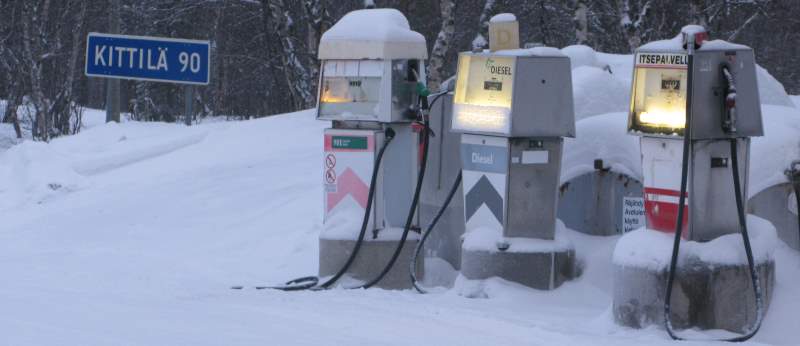
As you probably learned in school, many substances contract when they get very cold. Petrol happens to be one of these substances. This is why you’ll often see a statement on petrol pumps stating that the volume has been corrected to a certain temperature (usually around 10ºc).
For a time, there were no rules regarding the temperature of racing fuel in NASCAR. Smokey knew this and would often cool his fuel so much that it was nearly frozen when it entered the fuel tank. As the race went on, the gasoline would heat up and expand, effectively providing more fuel, and thus fewer pit stops. Of course, that all came to a stop when NASCAR set regulations for fuel temperatures.
The 'Capsule Car'
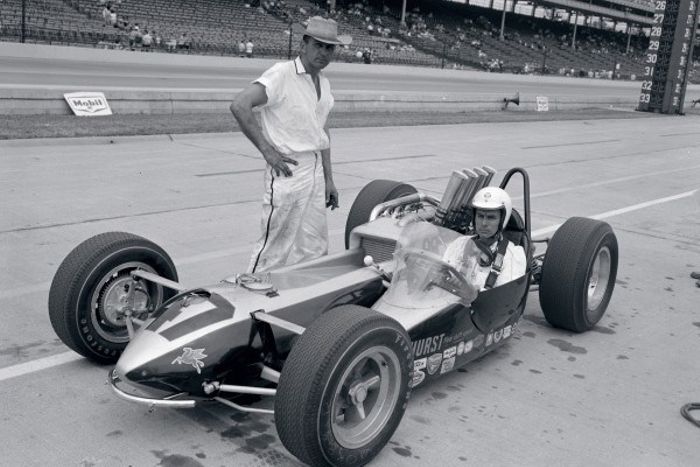
Designed for the Indianapolis 500, the 1964 Hurst Floor Shifter Special was one of the most bizarre open-wheel racers of all time. With the off-centre cockpit shifting the centre of mass to the left, the car’s natural habitat was the oval track. However, in order to offset the mass of the rear-mounted engine, Smokey again resorted to his unique reading of the rules.
At the time, there were no regulations for how much fuel an Indy 500 car could carry on board. So Smokey decided to balance the ‘Capsule Car’ by putting a massive fuel tank in front of the radiator. Essentially, this gave the car three masses that would ensure constant weight distribution throughout the race. Although the car was ultimately unsuccessful in competition, it wasn’t long before the United States Auto Club (USAC) instituted fuel capacity regulations on Indy 500 racers.
A new way to port exhaust manifolds
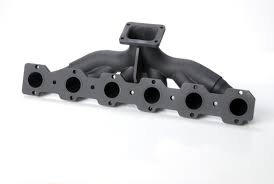
Smokey was always well aware of what the NASCAR rule books said. However, he built his legendary reputation by always knowing what the rule books didn’t say. One such example involved the badly-cast exhaust manifolds on the Hudson racers he worked with early in his career. The rules clearly stated that porting out the manifold by hand was illegal.
The rules did not say that you couldn’t pump an abrasive compound back and forth through the exhaust manifold instead of using a grinder. So guess what Smokey did? Apparently, this technique did a pretty good job of porting and polishing the manifold, and wasn’t explicitly against the rules.
The speed record Camaro
Built to compete in the Trans-Am racing series, this unusual 1967 Chevrolet Camaro was one of Smokey Yunick’s most involved builds. Clearly, Smokey wanted the Camaro to break some small-block speed records at the Bonneville Salt Flats, and he stopped at nothing to ensure his car was as good as it could be.
Although the Camaro was supposed to essentially conform to stock design regulations, Smokey found a few ways to tweak the car’s structure. He used thinner window glass to reduce weight, cut the subframe to raise the floorpan and lower the ride height, and tilted the front end forward to improve aerodynamics. Smokey even had the body panels dipped in acid to shave off some crucial weight from the Camaro. Although it wasn’t truly a “stock” car anymore, it wasn’t illegal, either.
The 11-foot fuel line
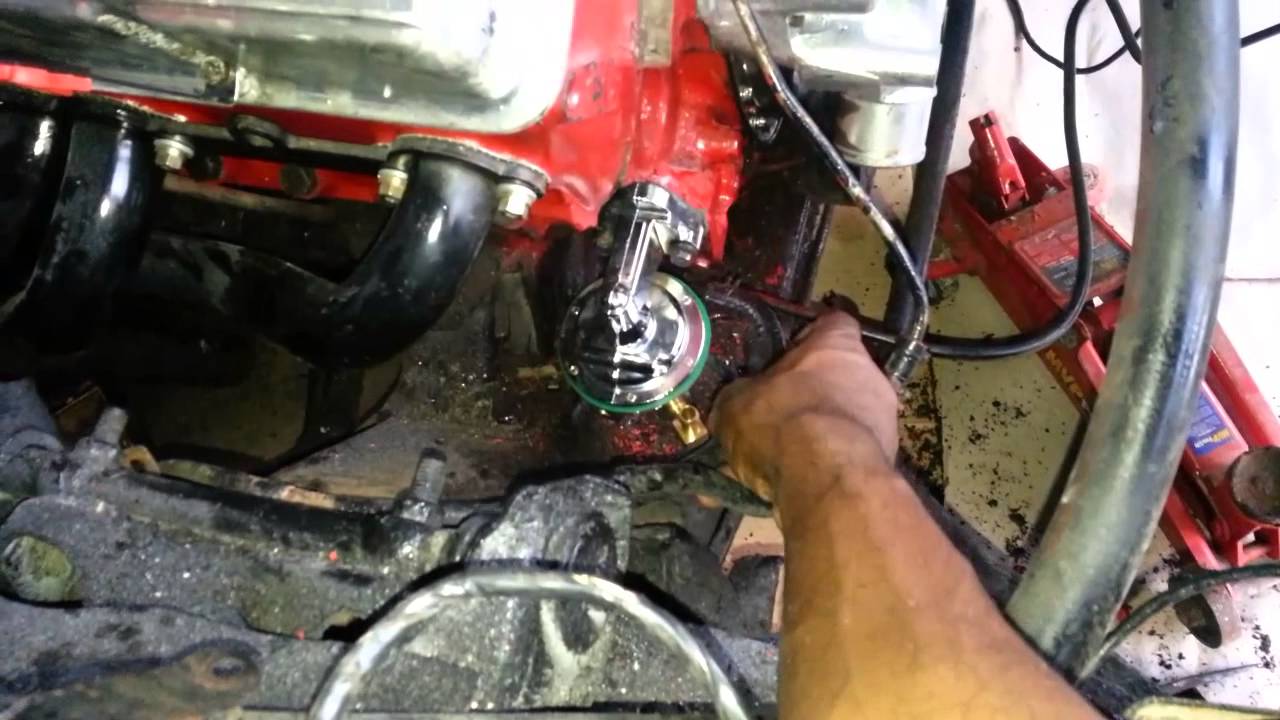
Smokey might have lived in the grey area of the rule book, but he always maintained that he followed the rules when they were clear. As such, when the size of the fuel tank became regulated in NASCAR, Smokey duly followed the rules.
However, there was no regulation on the size of the fuel line. Obviously, it didn’t take Smokey very long to capitalise on that non-rule. He made a fuel line that was two inches wide and 11 feet long, closer in dimension to an anaconda than a fuel line. Although it sounds pretty funny, the monster fuel line held an extra five gallons of gasoline, which made a very real difference on the track (until it was banned, of course).
The original 'Deflategate'
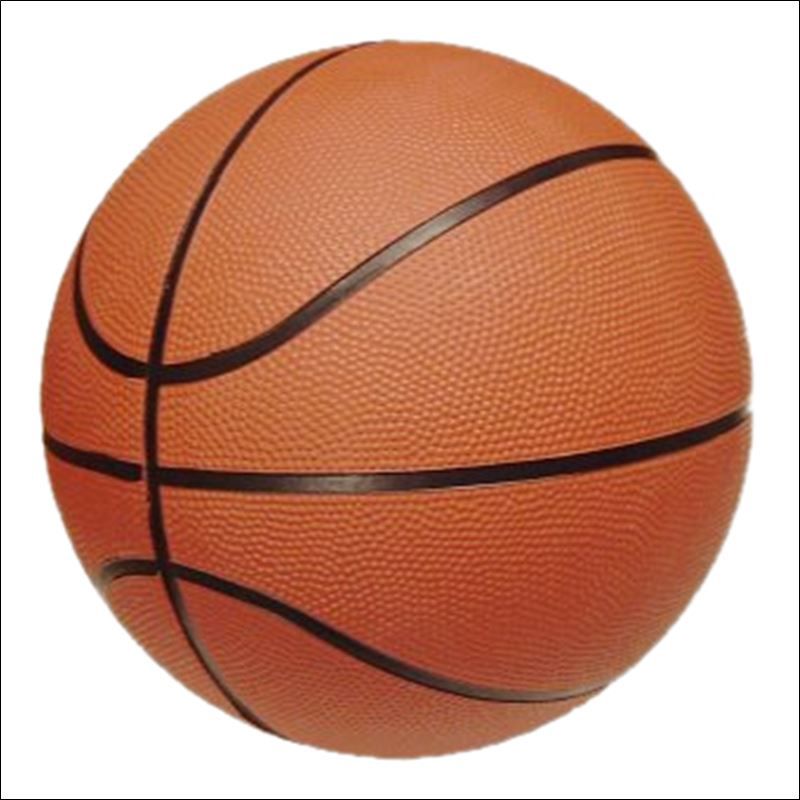
OK, this one is definitely pushing the boundary between bending the rules and outright cheating. One of Smokey’s most well-known incidents involved shoving an inflated basketball into an oversized fuel tank before the car was inspected by scrutineers. When they filled the tank up with fuel, the tank would appear to conform to regulations. After passing inspection, Smokey would then deflate the ball, pull it out of the tank, and fill the regulation-plus-basketball-sized fuel tank for the race. Amazingly, nothing in the rules at the time said this was illegal.
Eat your heart out, Tom Brady.
The '7:8 scale' Chevelle
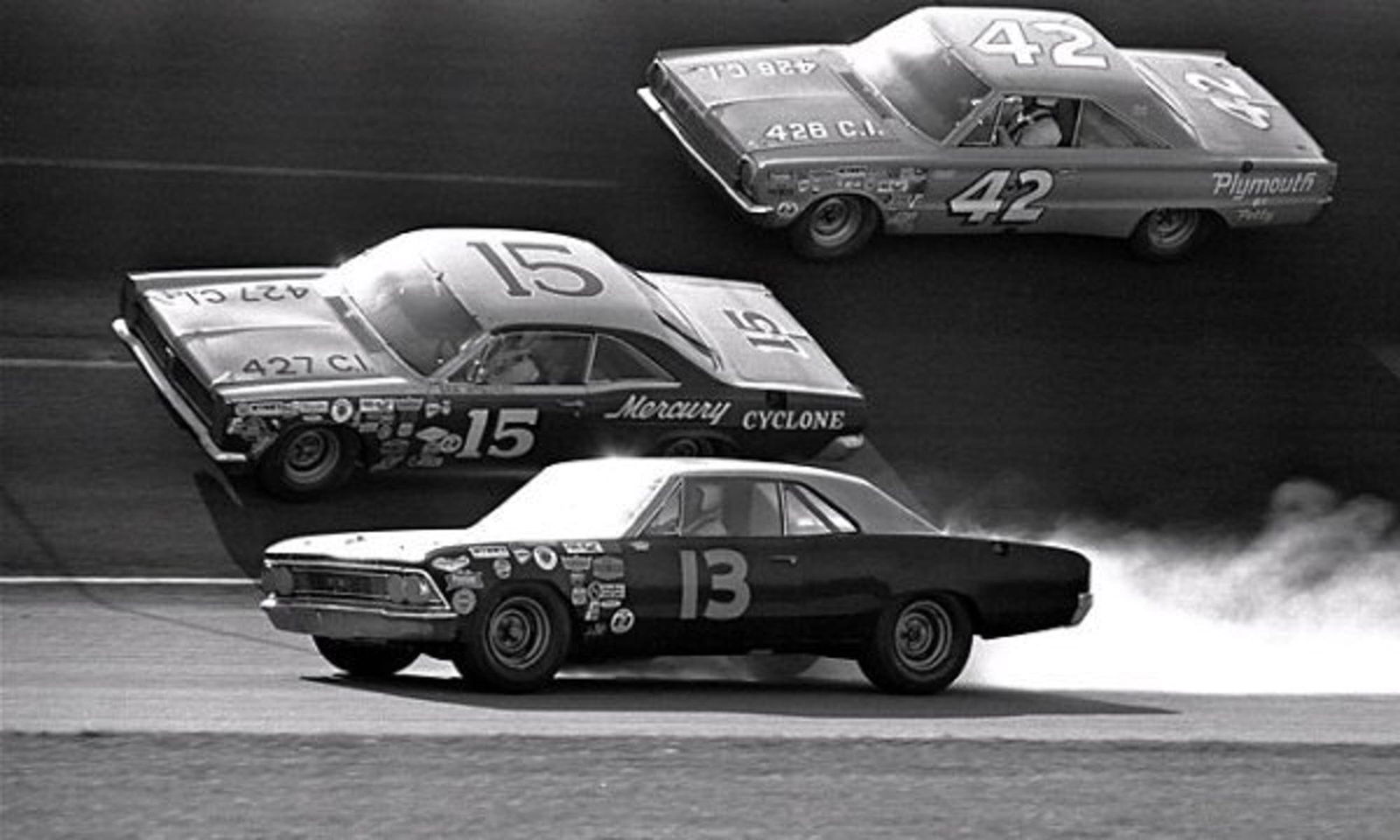
This 1967 Chevrolet Chevelle race car is considered by many to be Smokey Yunick’s magnum opus. Although the popular urban legend claims that the car was actually a 7:8 scale version of a stock Chevelle, the truth is perhaps a little less wacky than that. Still, the modifications to the car were significant. Smokey moved the body of the car backwards three inches for better weight distribution, raised the floor and smoothed out the underside of the car for better aerodynamics, and made the bumpers and fenders flush with the rest of the body. In other words, even though it looked like it, the car was no longer a stock Chevelle.
Smokey Yunick built two of these Chevelles for NASCAR racing. The first car, driven by Curtis Turner, took the pole position at the 1967 Daytona 500. The un-sponsored, underfunded car shocked the NASCAR community, and many drivers accused Smokey of cheating. However, it passed an inspection, and continued to race until Turner crashed it in Atlanta later that year. The second Chevelle was built for the 1968 Daytona 500, but never made it past inspection. There’s no doubt that Smokey Yunick’s Chevelle was one of the most technologically advanced cars of its day.
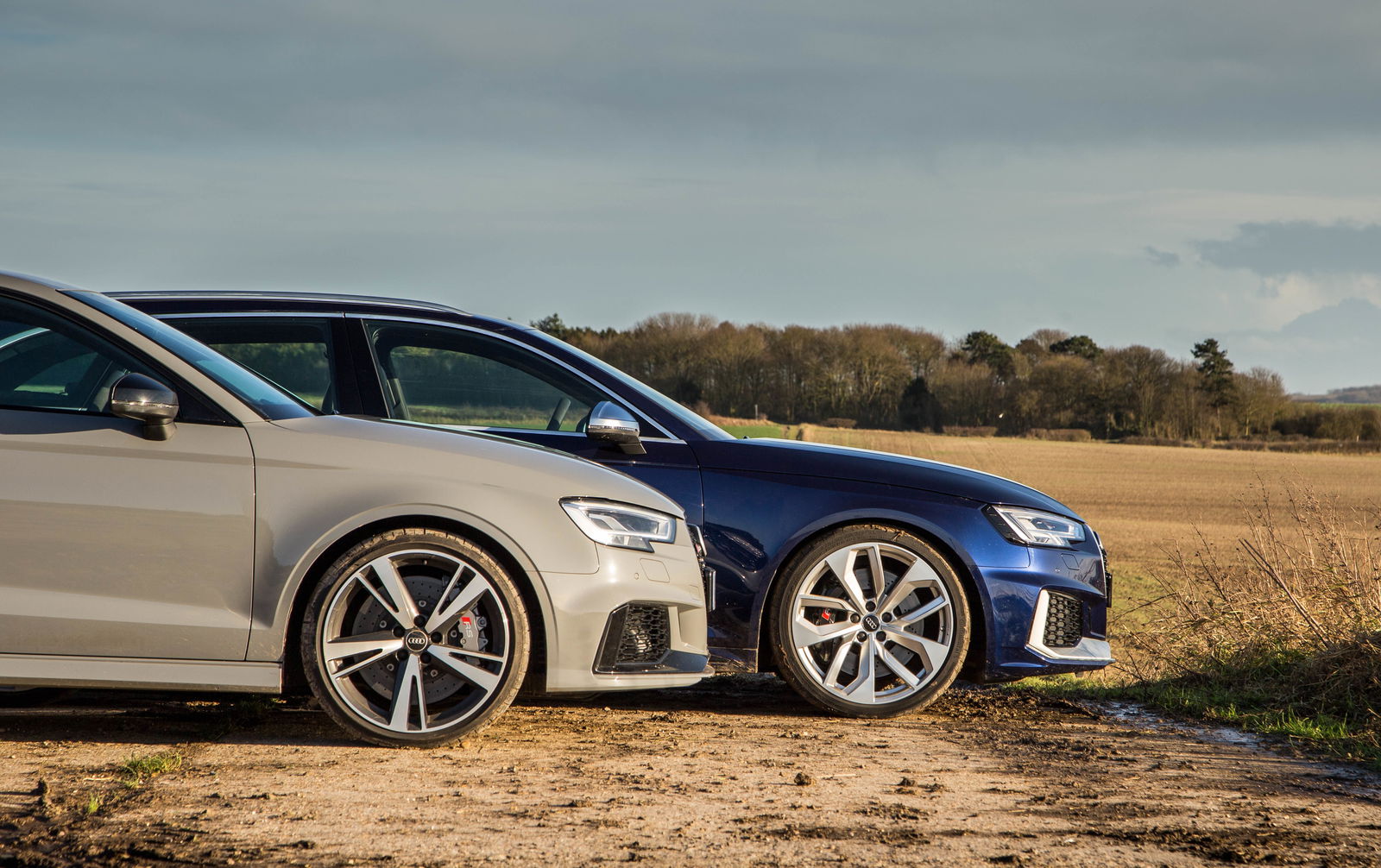
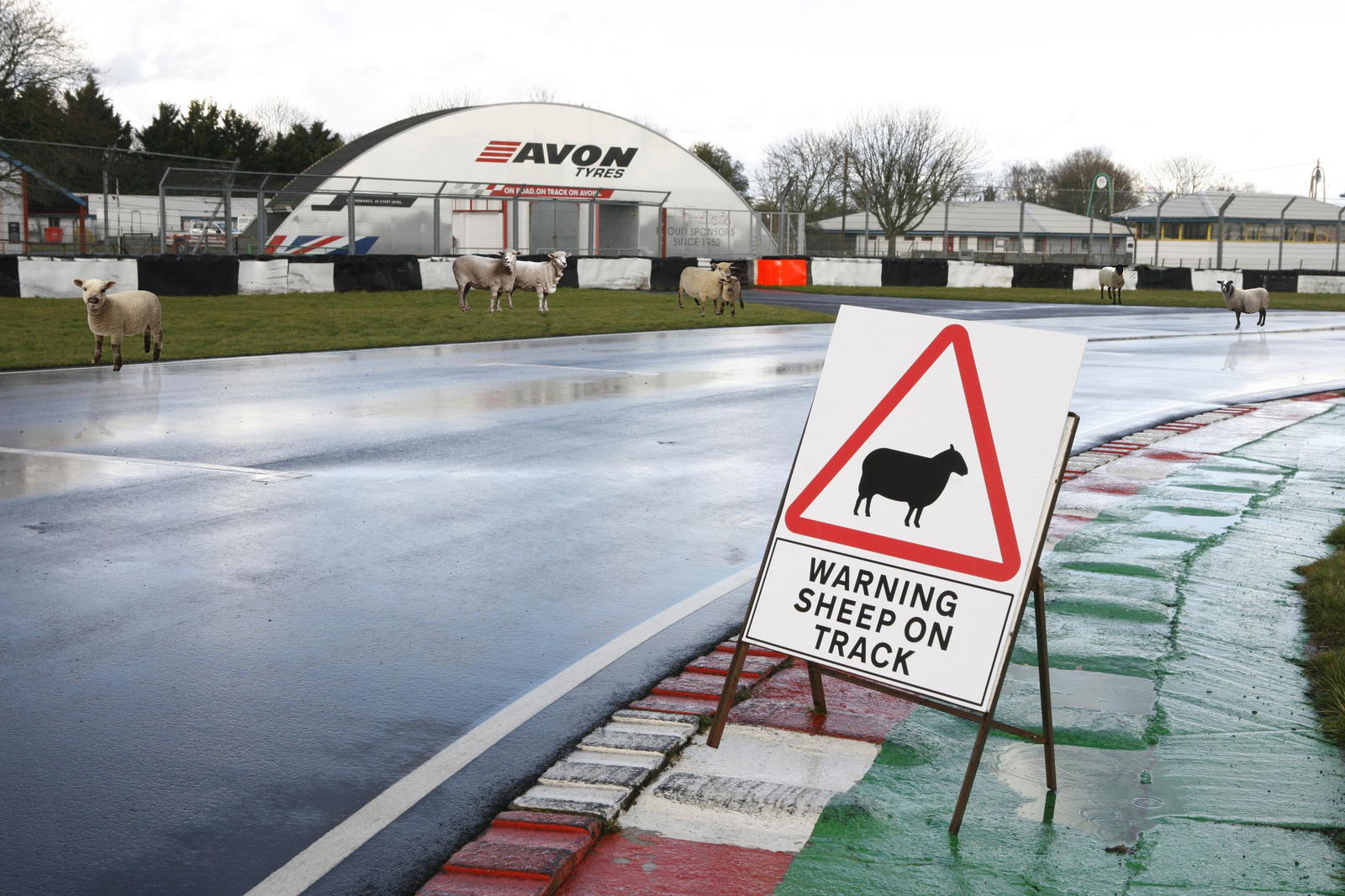
Comments
The lesson here is, if you are going to cheat, do it right.
Anyone who thinks the 67 Chevelle was 7:8 scale really needs to rethink what they’re doing with themselves. If it really was 7:8, it would be roughly the same size as a Chevy Vega. That would have been something even a moron could have spotted. I’ve included blueprints of both cars in my reply.
Awesome post, Kyle! I never actually knew who Smokey was until I read this - it’s amazing how he was able to find these loopholes. That grinder trick is something I would’ve done tbh 😂
Oh man, this guy was a genious
If only I could live my life how he lives his racing career.
One of the most interesting staff posts I’ve seen. Keep it up.
Impressive, but nothing will truly beat Toyota’s rally celica with the cheaty turbo
Im pretty sure it Curtis Turner not charlie. To add to the fuel line story i also think that after the race NASCAR took the fuel take and smokey drove the car to his shop down the road from the track because there was still so much fuel in the lines. also in 1959 when Daytona was finished Bill France Sr had a big ribbon cutting ceremony to do the first lap but smokey said screw that and jumped on the track first. The France family had a lot of run ins with Smokey working in the gray area of the rules. Smokey was NASCAR’s first master mind and so many crew chiefs look up to him even to this day and at what he did. A great quote by long time crew chief Ray Evernham ‘we weren’t rule breakers we were rule makers’ Rest in peace Smokey
He would’ve made an awesome lawyer.
He sure had “Yunick” ideas .
Pagination